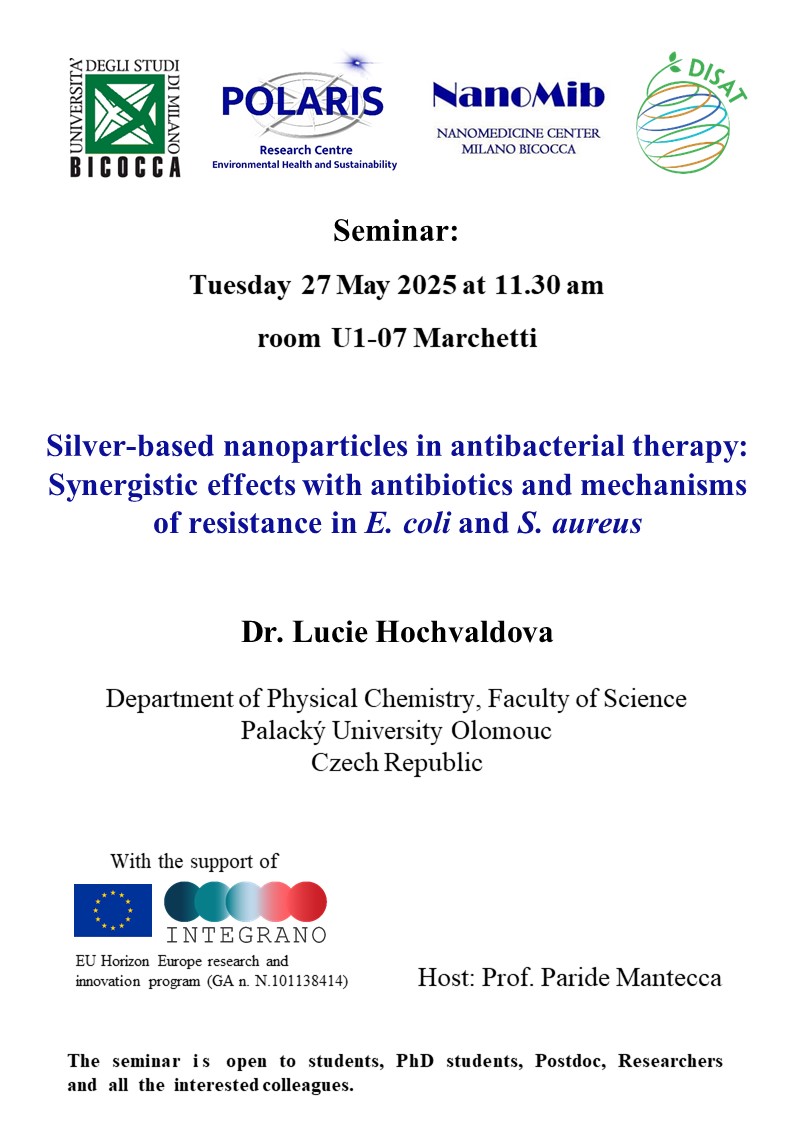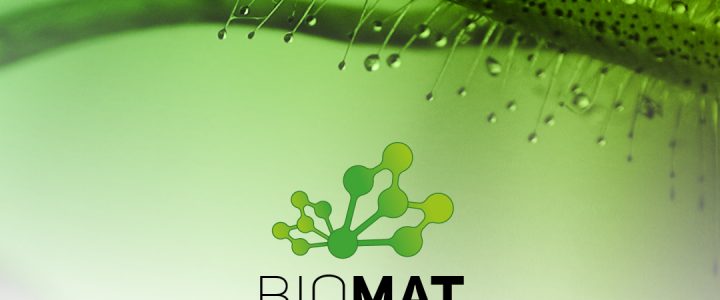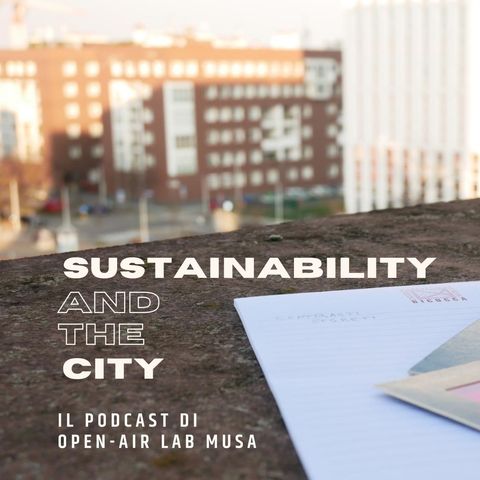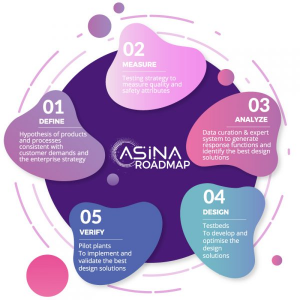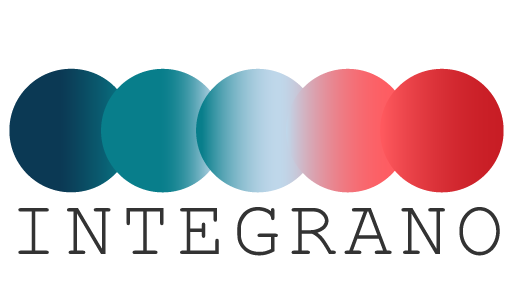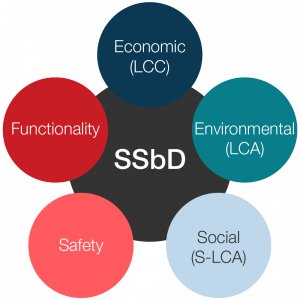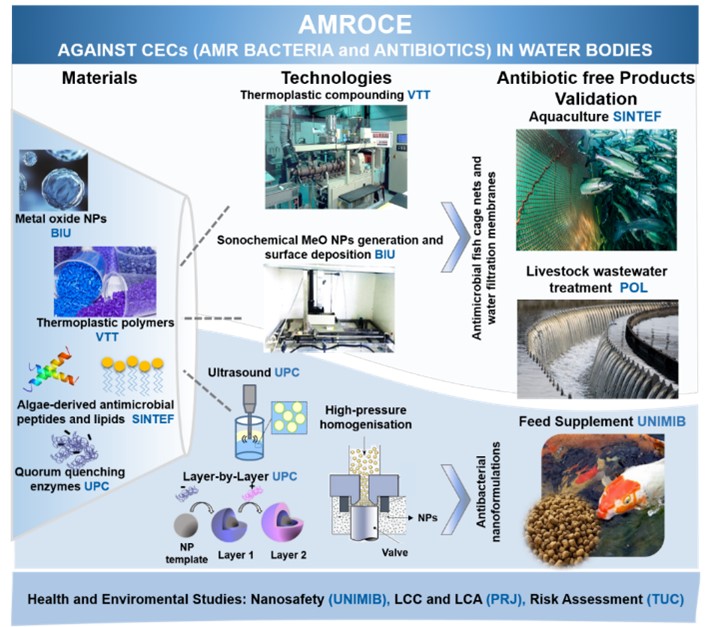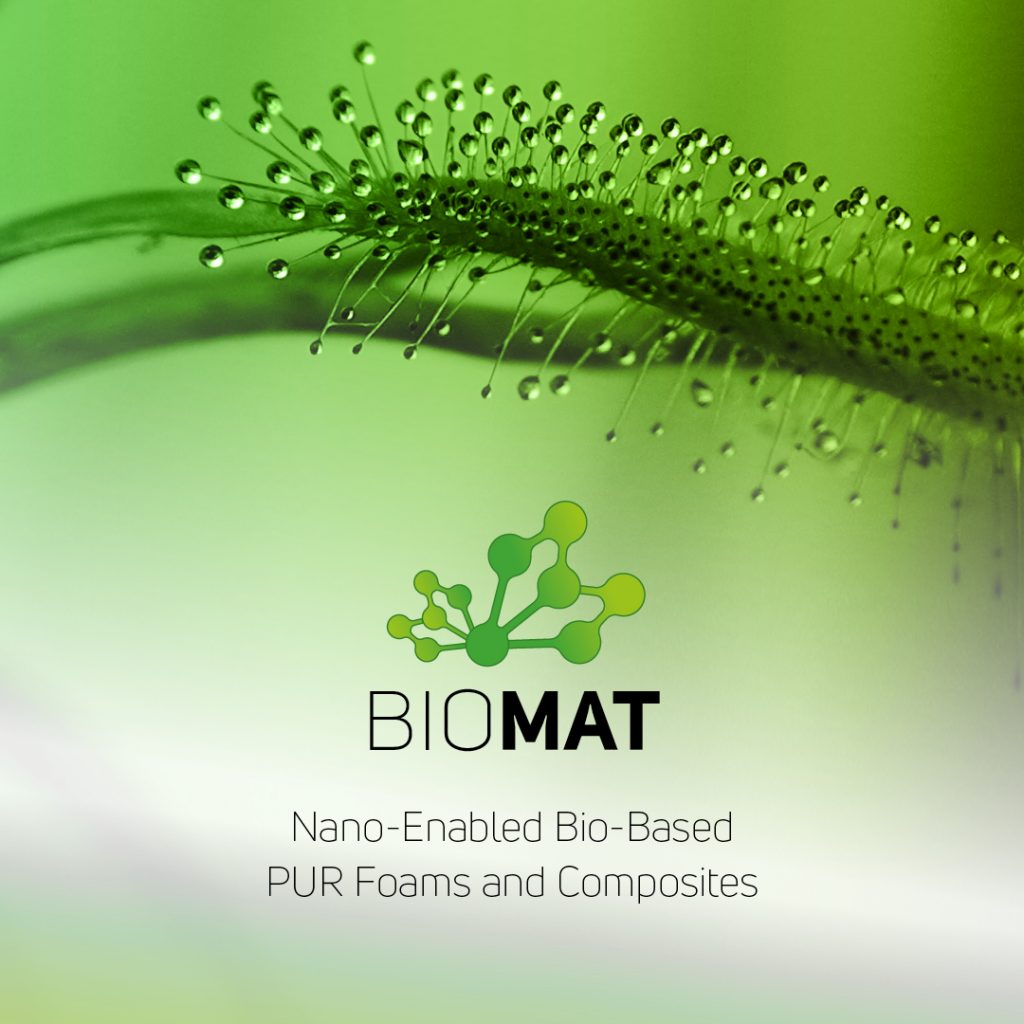To disseminate the research carried out by the researchers of the MUSA project, the podcast “Sustainability and the city” was created, which aims to create a widespread and participatory culture on sustainability in the territory.
What does the MUSA project deal with?
MUSA – Multilayered Urban Sustainability Action, finanziato dall’Unione Europea – NextGeneration EU was born as a response to the challenges that our metropolitan reality faces and will face in the transition towards environmental, economic and social sustainability.
The project involves universities, companies and local authorities.
The podcast, curated by the Open Air Lab research team of the University of Milano-Bicocca, aims to answer the following question:
What is urban sustainability? And what can be done to achieve it?
The podcast brings together the voices and ideas of a large panel of experts to discover how Milan, an urban laboratory par excellence, can become a model city in terms of livability, economic sustainability, environmental responsibility and social justice.
The first season of the podcast involves biologists, economists, physicists, sociologists, lawyers, geographers and engineers from the following universities: Università degli Studi di Milano – Bicocca, Università degli Studi di Milano, Politecnico di Milano e Università Bocconi di Milano.
The various episodes discuss biodiversity and urban greenery, but also “access to the sky” to promote scientific education, social equity and inclusion to build a more democratic future, as well as active participation by citizens, for example in the design of squares and public spaces.
In the episode “Breathing Sustainability” Paride Mantecca, associate professor of Applied Biology at the University of Milan-Bicocca and Scientific Director of the POLARIS Interdepartmental Research Centre, intervenes.
Mantecca explains how, starting from the study of human biology in its relationship with environmental factors, the quality of air in urban environments has an impact on the health and well-being of citizens. In particular, he illustrates how research aims at the transformation of urban environments and how important citizen awareness is with respect to collective health and well-being.
Listen to the podcast!
For more information about MUSA, visit the website.
